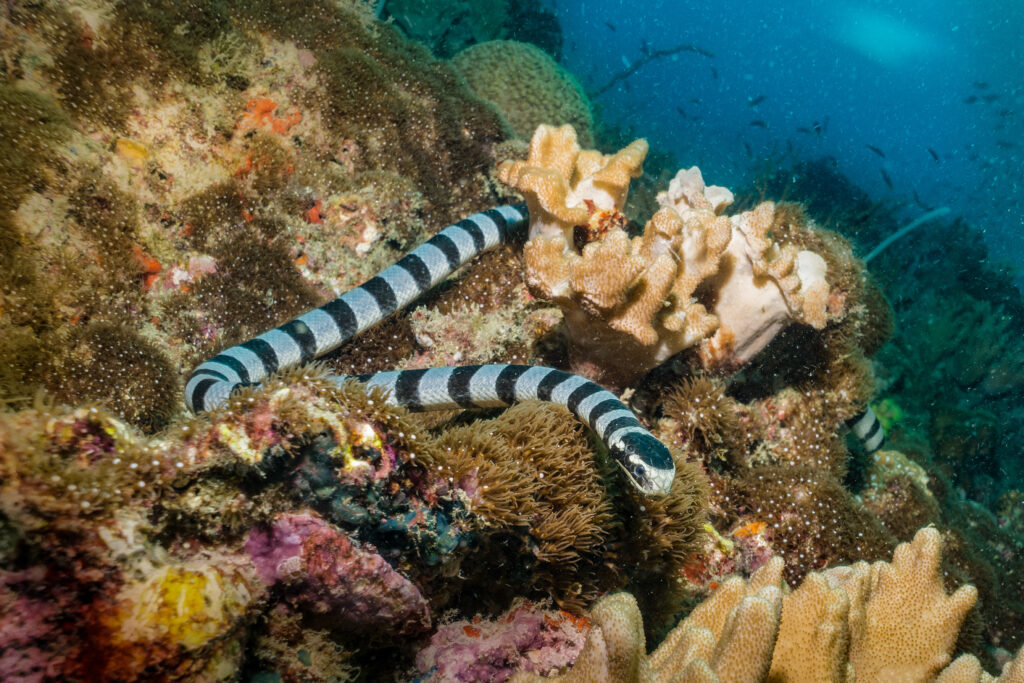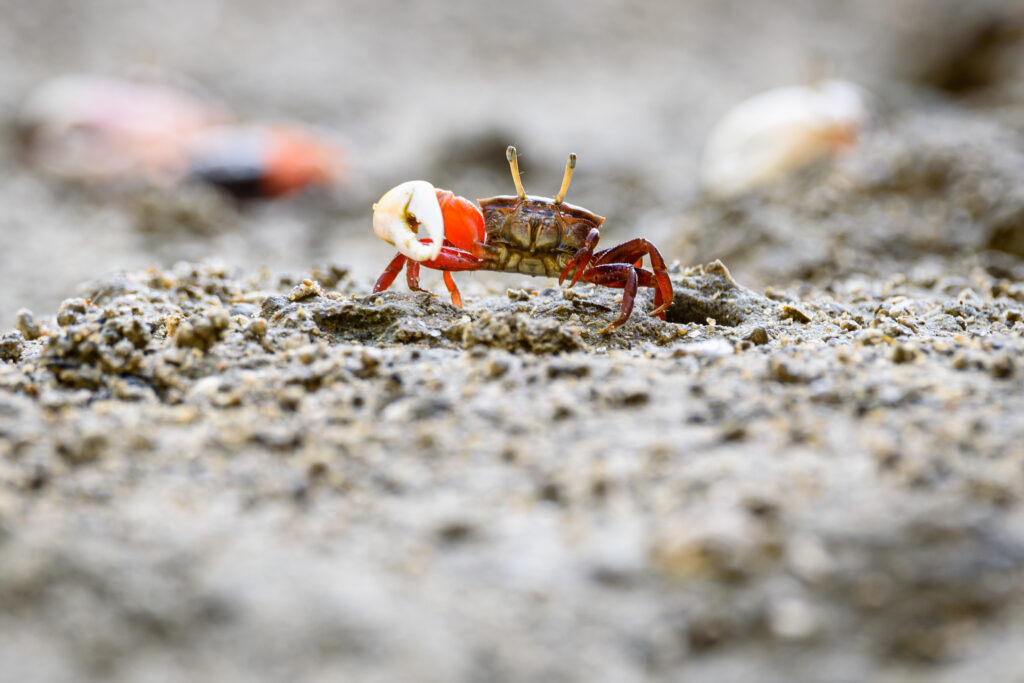When an animal lives on land, they’re surrounded by air that they breathe in through their mouth or nose, into their lungs which then passes oxygen into the blood stream and around the body, but what do animals do when they’re surrounded by water?
In this blog, we’re going to explore how these miraculous animals have adapted to survive underwater, with differing organs and respiratory systems than their land-dwelling counterparts.
Can all animals breathe underwater?
Put simply, the answer is no. As you’ll well know when you take a dip in the pool, you’ll eventually have to come up for a breath if you decide to take a plunge under the surface.
Some animals have adapted the ability to breathe underwater such as fish or some species of snake, but some other animals that spend significant time underwater have adapted to be able to hold their breath for extended periods of time, such as the Cuvier’s beaked whale which can hold its breath for a staggering 222 minutes, giving it the longest recorded dive time for a mammal.
How do fish breathe underwater?
Fish are animals that live underwater in seas, oceans, rivers, lakes or any other body of water, and use gills to breathe, something that distinguishes them from marine mammals such as seals.
As mentioned, they breathe by water passing over their gills which has oxygen diffused in it. It is a similar process to breathing with lungs.
Some fish push water over their gills by gulping water in through the mouth and out through the gills. Other animals, such as sharks, force water over their gills by continually swimming. If a shark stops swimming it will suffocate because it has no other way of having water pass over its gills.
How do mammals breathe underwater?
Mammals are warm-bodied, furred animals that are fed from their mother’s mammary glands as young.
Contrary to what you might think, mammals can’t breathe underwater. This is because mammals have lungs, which aren’t capable of extracting oxygen from water in the way they would with air.
Typically, mammals cover almost every inch of land, such as humans and cows, but there are some mammals that have adapted to live primarily underwater such as whales. They don’t actually breathe underwater, they simply take a big gulp of air at the surface and then hold their breath under they can resurface again.
How do amphibians breathe underwater?
Amphibians are truly unique creatures because they possess both lungs and gills, allowing them to breathe on land and underwater. Amphibians are covered in mucus that keeps their skin moist.
Amphibians like to live in muggy, damp environments to keep their skin moist. This is why you’d typically see frogs sat around small ponds and lakes.
While they are still young, they tend to live solely underwater, but as they develop into adulthood, their lungs develop allowing them to live on land to have better access to the animals that they feed on.
How do reptiles breathe underwater?
Reptiles are scaled animals that vary in shapes, sizes and colours. They are cold-blooded and lay eggs rather than live young.
Environments differ for reptiles, but they thrive in warm environments because they are naturally cold-blooded, meaning that they rely on their external environment to heat their bodies.
While some of them spend significant amounts of time in water, such as crocodiles, they don’t actually possess the ability to breathe underwater.

Similar to marine mammals, reptiles, such as snakes, can hold their breath for significant periods of time, some as long as an hour, even though they don’t possess gills to breathe underwater.
Incredibly, loggerhead turtles can survive on a single breath for up to 10 hours underwater!
How do crustaceans breathe underwater?
Crustaceans are largely aquatic arthropods that have a hard exoskeleton to protect them from predators.
Examples of crustaceans include, crabs, lobster and crustaceans.

They can be found all over the world in in freshwater and saltwater bodies scavenging for food such as fish, mussels and sea urchins.
Like their fish friends, they breathe underwater through gills drawing oxygen from the water that they inhabit.
How do molluscs breathe underwater?
Molluscs are soft-bodied invertebrates which are usually enclosed wholly or partly by a shell of calcium carbonate.
Molluscs are found in almost all freshwater and saltwater across the world, some are even found on land, such as the African Land Snail.
Molluscs that are adapted to live underwater have evolved gills so that they can breathe underwater. This, however, wouldn’t apply to the aforementioned African Land Snail because it doesn’t venture into water.
How do cnidarians breathe underwater?
Cnidarians are a varied group of animals that include coral, jellyfish and sea anemone.
They are found all over the world, usually in shallow, coastal waters.
They breathe underwater via their skin, lacking any dedicated respiratory organs. Some of them, such as anemone, rely on algae on their surface to produce oxygen when they photosynthesise.
How do echinoderms breathe underwater?
Echinoderms translates to “spiny skin” in Greek, which is an apt way to describe this class of animals that includes star fish and sea cucumbers.
They are found all over the world, in fresh and salt water and are an essential part of the ecosystems that they inhabit, feeding on algae and plankton.
Echinoderms breathe in a similar way to cnidarians, via their skin via things called skin gills.
They lack lungs or gills, and so must rely on water flowing over their skin to survive.
After finding out about the different ways that animals have adapted to sea life, we think you’ll agree that this sheds an entirely different light on the ocean ecosystem and gives a new appreciation for something you may not have even considered.
If you’d like to take in the animals in person, book your tickets today for Deep Sea World so that you can test your knowledge of how each animal you see gets its oxygen.
